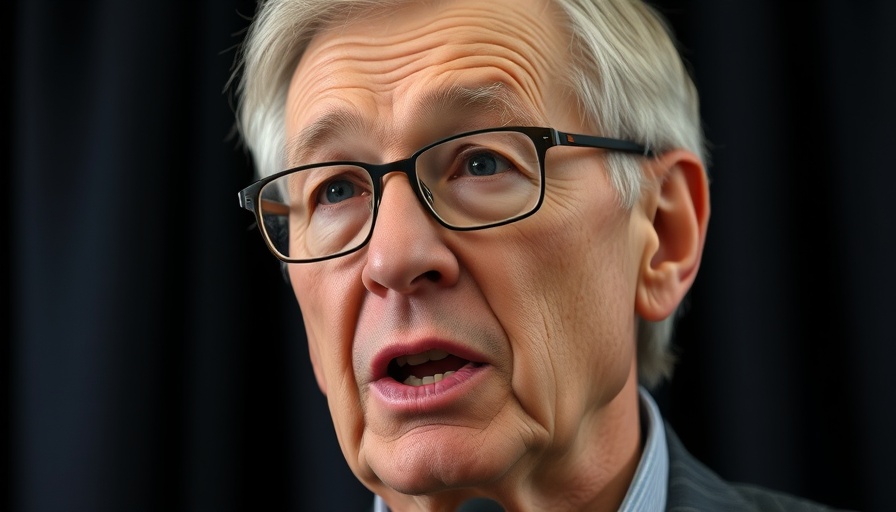
The Fed's Steady Rates: A Sign of Caution
In a move that surprised few, the Federal Reserve has opted to maintain interest rates within the target range of 4.25% to 4.5%. This decision, articulated by Federal Reserve Chair Jerome Powell, reflects the cautious approach policymakers are taking amidst uncertain economic signals, notably those stemming from proposed trade tariffs and inflation trends. As Powell stated after the Federal Open Market Committee (FOMC) meeting, “We’ll be adapting as we go.”
Expert Predictions: The Unfolding Economic Landscape
Elyse Ausenbaugh, the head of investment strategy at J.P. Morgan Wealth Management, affirmed that the Fed’s decision was entirely anticipated. Her analysis underscores that the Fed is adopting a patient stance, awaiting further information about the potential impacts of tariffs. As she expressed, investors will likely be looking for clearer guidance in future FOMC meetings. Furthermore, Melissa Cohn from William Raveis Mortgage highlighted that future rate cuts may hinge on inflation and tariff effects.
Economic Growth and Unemployment Projections
The Fed's recent actions are grounded in evolving economic conditions, with revised projections indicating a real GDP growth rate of 1.7% for the year, down from December’s forecast of 2.1%. Similarly, the unemployment rate is expected to reach 4.4%, a slight increase from earlier predictions. These adjustments signal a more conservative outlook for the economy, reinforcing the Fed's decision to hold rates steady.
What This Means for Business Owners
For business owners and managers navigating this economic landscape, understanding the Fed's cautious approach is crucial. With inflation at 2.8% and an unemployment rate of 4.1%, decisions taken by the Fed affect borrowing costs and investment strategies. Leaders in the business community are advised to remain vigilant about economic indicators that can influence rate changes, particularly those related to trade policies.
Looking Ahead: A Call for Preparedness
As economic conditions evolve and the Fed continues to assess its policy stance, business leaders must prepare for various scenarios. Staying informed and agile in their strategies can help absorb the impacts of interest rate fluctuations. For those in leadership positions, this is an opportune moment to evaluate operational focuses and explore innovation within their sectors to navigate potential economic shifts effectively.
 Add Row
Add Row  Add
Add 

 Add Row
Add Row  Add Element
Add Element 




Write A Comment